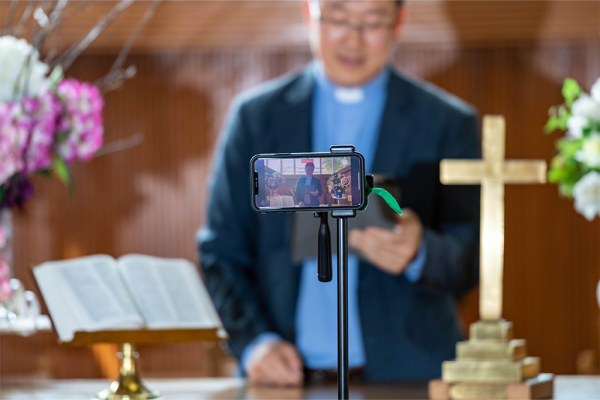Feb 2, 2022
When I asked members of our worship commission what they thought the future of hybrid church might be for us, Rosene wisely reminded us that there are many aging people in our congregation. Before we didn’t have the capacity or technology to continue to include these older adults and disabled people in our regular Sunday worship. What a gift that now we could!
Read the Full Article

Already a subscriber? Login
